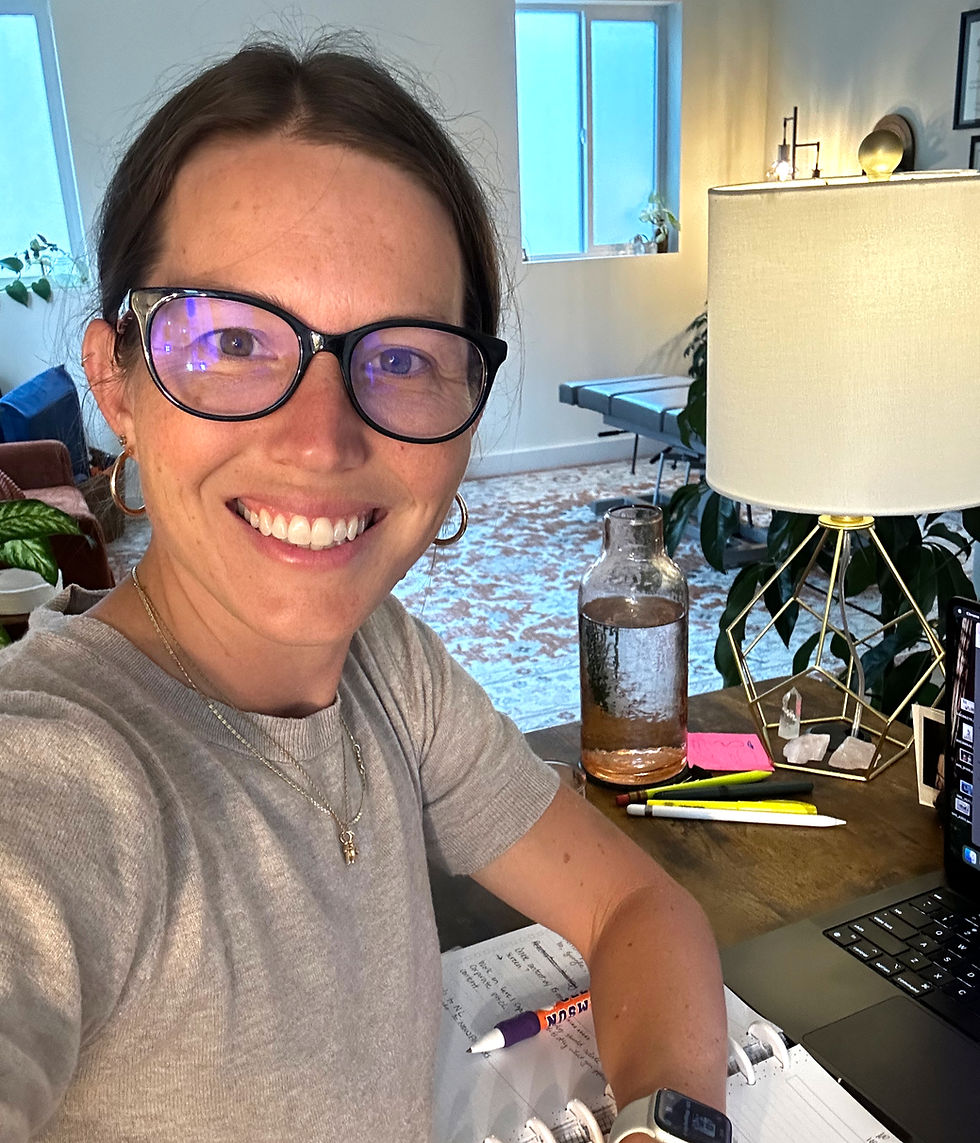When Your Nervous System Feels Threatened: The Power of Context, Connection, and Choice
- DrEvDC

- Oct 31
- 2 min read

Have you ever noticed how you can have completely different reactions to almost the same
situation? One instance you stay calm, while another makes your heart race, muscles tighten, and mind start to spiral.
The difference often isn’t about the situation itself—it’s about how the nervous system perceives safety or threat in that moment.
Our brains are constantly scanning for danger, trying to keep us safe. But “danger” doesn’t just mean physical harm. It also includes anything that feels uncertain, isolating, or out of our control. In fact, your nervous system relies on three key ingredients to interpret safety in any given moment: context, connection, and choice.
1. Context
When we lack context, our brains fill in the blanks—usually with worst-case scenarios.
Imagine getting a late-night email from your boss. If you were expecting it, you probably don’t feel much stress. But if it comes out of nowhere with no explanation, your body might immediately brace for bad news.
Context gives the brain predictability. It’s how we know whether something is truly dangerous or just unexpected.
2. Connection
Human connection is one of the strongest signals of safety we have.
When you have a good relationship with your boss, that same email feels manageable. But if your relationship is strained—or if you feel unsupported—your nervous system interprets the same situation as a potential threat.
Connection reassures the body that you’re not alone in facing whatever’s happening.
3. Choice
Choice gives us agency.
When you know you don’t have to respond right away, your nervous system can stay grounded. But if your workplace expects immediate replies, or you feel like you have no control, your system can shift straight into stress mode- you feel backed into a corner.
Choice tells your body: “I can handle this. I have options.”
A Simple Reflection Practice
Next time you notice tension, anxiety, or that subtle sense of unease—pause and ask yourself:
Do I have enough context?
Am I feeling connected to the people or environment around me?
Do I have a sense of choice in how to respond?
Often, one of these three pieces is missing—and identifying which one helps you move from reaction to regulation.
When you understand how your nervous system works, you can meet stress with curiosity instead of judgment. You can give your body what it needs to return to safety.
🎥 Watch the Video
Prefer to listen or watch instead?You can watch the short video version of this post here: Watch on YouTube
Stay Connected
If you found this helpful and want more tips on nervous system regulation, stress resilience, and living a calmer life, join my mailing list below. You’ll receive short, practical insights to help you support your body, mind, and daily wellbeing.
👉 [Join the Mailing List for Future Tips »]





Comments